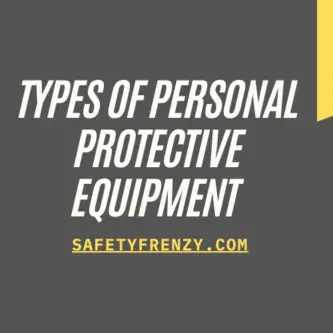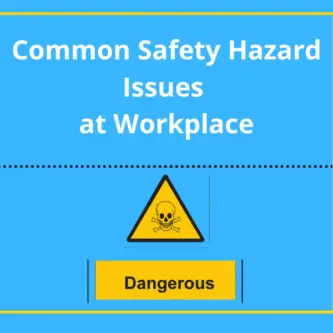Introduction:
Workplace culture plays a crucial role in ensuring the safety and well-being of employees. Physical hazards are one of the primary causes of workplace injuries, and employers must prioritize preventing and responding to them to create a safe work environment.
In this article, we will discuss the role of workplace culture in preventing and responding to physical hazards and the steps that employers can take to improve their workplace culture.
What is Workplace Culture?
Workplace culture refers to the shared values, beliefs, and practices that shape the behavior of employees and the overall working environment.
It is a critical factor in determining the level of employee engagement, job satisfaction, and productivity in a workplace.
Workplace culture influences how employees interact with one another, the level of support they receive, and their attitude towards work.
The Role of Workplace Culture in Preventing Physical Hazards:
- Building a Culture of Safety:
To prevent physical hazards, it is essential to establish a culture of safety in the workplace.
This culture prioritizes the well-being of employees, and all employees are responsible for maintaining a safe work environment.
A culture of safety requires active involvement from management, employees, and safety professionals.
- Providing Adequate Training:
Employers should provide employees with adequate training to prevent physical hazards.
Training should cover topics such as proper use of equipment, safe lifting techniques, and proper handling of hazardous materials.
Employees should also be trained on how to report unsafe working conditions and how to respond to emergencies.
- Promoting Open Communication:
Open communication is critical in preventing physical hazards. Employees should feel comfortable reporting unsafe working conditions or hazards to their supervisor or safety professional.
Employers should also promote a culture of transparency and ensure that employees are aware of the hazards associated with their job.
- Regular Safety Audits:
Employers should conduct regular safety audits to identify potential physical hazards in the workplace.
Audits should be conducted by safety professionals, and any identified hazards should be addressed immediately.
Employers should also conduct regular safety training to ensure that employees are aware of the hazards in their workplace.
The Role of Workplace Culture in Responding to Physical Hazards:
- Encouraging Prompt Reporting:
Employees should feel comfortable reporting physical hazards promptly. Employers should ensure that employees understand the importance of reporting physical hazards and the consequences of failing to do so.
Prompt reporting allows employers to address hazards before they cause injury or damage.
- Establishing Emergency Procedures:
Employers should establish emergency procedures to respond to physical hazards.
Procedures should include evacuation plans, medical response plans, and plans for responding to hazardous material spills.
All employees should be trained on the emergency procedures and know their role in responding to emergencies.
I’ve written a detailed article about, What is Emergency Plan for more information.
- Providing Support:
Employees who are injured due to physical hazards require support from their employer.
Employers should provide employees with the necessary medical attention and support to help them recover from their injuries.
Employers should also take steps to prevent similar incidents from occurring in the future.
Conclusion:
Workplace culture plays a critical role in preventing and responding to physical hazards.
Employers must establish a culture of safety, provide adequate training, promote open communication, conduct regular safety audits, and establish emergency procedures to ensure that employees are safe.
Employers must also provide support to employees who are injured due to physical hazards. By prioritizing safety and creating a positive workplace culture, employers can reduce the risk of physical hazards and create a safe and healthy work environment.



